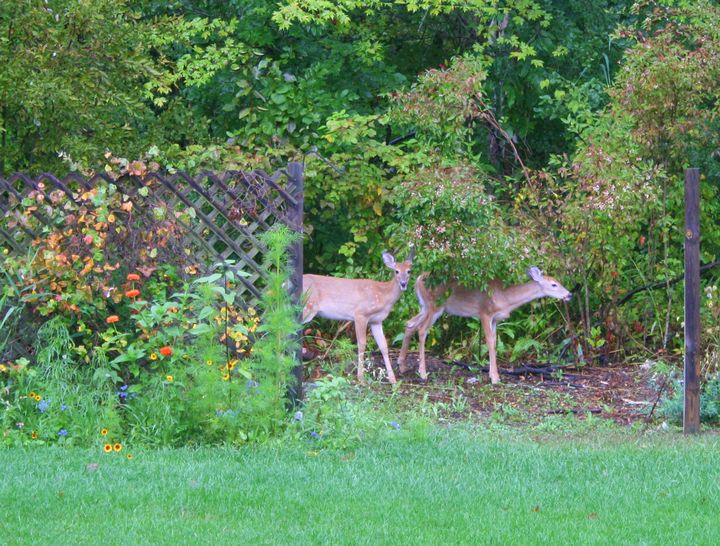It was encouraging to hear of the interest sparked from our recent posting on deer damage in the landscape and gardens. Most likely an indication that so many of us battle the deer presence that continues to put pressure on the yards of the rural and suburban neighborhoods.
Recall the last posting on this topic I mentioned that lists abound on plants that are believed to be resistant to deer browsing. Keep in mind, deer don’t read, or if they do, they ignore or perhaps chuckle at the plants listed that they are never supposed to eat. It seems that a deer’s plant preference can vary by geographic regions, season of the year, size of the local deer population, the variety of plant species available for the munching, and the unexplained whims of a deer on any given day.
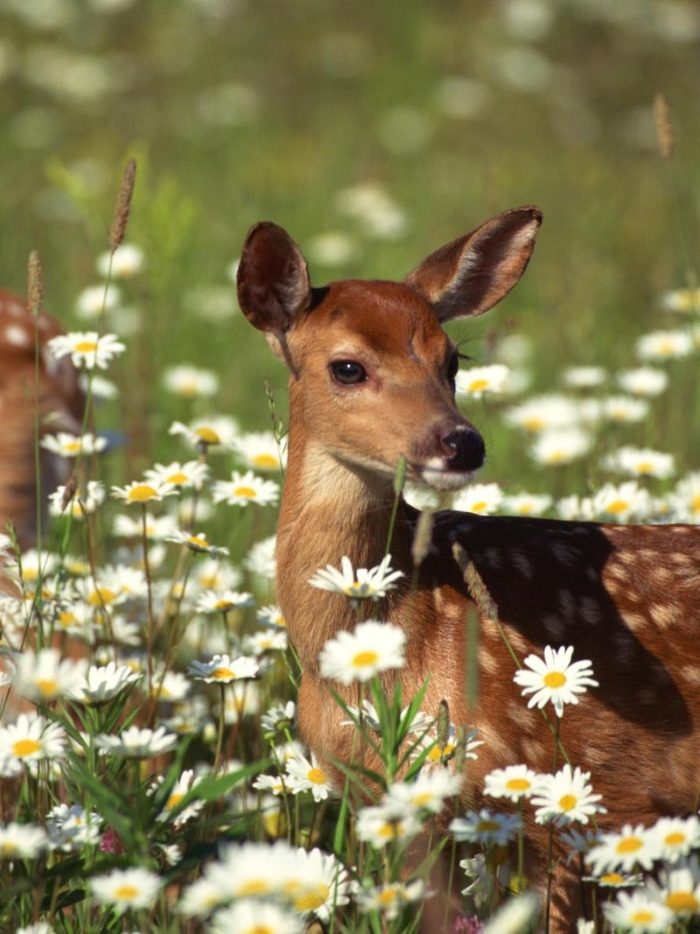
Perennial plants, shrubs, and trees known for resistance or better labeled “low preference” to deer feeding are extensive on many lists of recommendations. Our focus & concern from gardeners is to recommend Annual flowers and plants, which composes a much shorter list.
Additions to the last list posted on Recommended Annual Flowers and Plants of low preference to deer:
- Ageratum
- Lantana
- Flowering Tobacco or Nicotiana (Evidently deer are aware of the detrimental effects of Nicotine)
- Scented Geraniums
Annuals with fuzzy leaves seem to be distasteful to deer (Consider sucking on a sock and it makes sense):
- Dusty Miller
- Lamb’s Ear
- Plectranthus (a close relative of the Coleus)
-
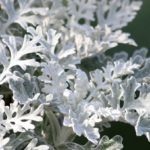
Dusty Miller -
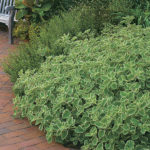
Plectranthus
Annuals in vegetable gardens with low preference to deer:
- Dill (When have you ever seen deer munching on pickles?)
- Eggplant
- Cucumber
- Peppers: ornamental, sweet and hot
- Watermelon (they don’t know what they are missing)
- Cantaloupe (they seriously don’t know what they are missing)
- Cucumber
- Rhubarb (understood, as not all humans have cultivated a taste for the sour stalk as well)
-

Eggplant -
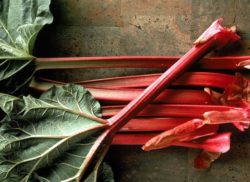
Rhubarb -
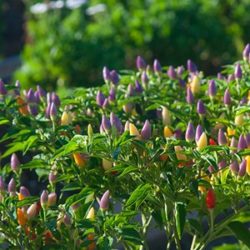
Ornamental Peppers
Realize as soon as this posting goes online there is someone in New Jersey, Utah, or Tennessee that had a small herd of deer move through their yard last night and devour more than half of the plants we listed here. That is why I refrain from using “resistant” and go with “low preference”.
There are a variety of repellents and deterrents available and some can be effective – for a time. The key is to understand that deer can quickly become acclimated to a certain repellent and once that is mastered, that product is no longer useful. It is far better to use a deterrent for a time (2-3 weeks) and before they become accustomed to the smell or taste, switch to a very different product. Human nature is to try something for a while until it no longer works and then switch. But the objective is to not let any of your various deer repellents become ineffective. You want to keep as many “tools in your box” useful and ready to rotate to keep them away.
-Rob McCartney, Horticulturist
Please feel free to contact me with any questions or for more info at: [email protected]

